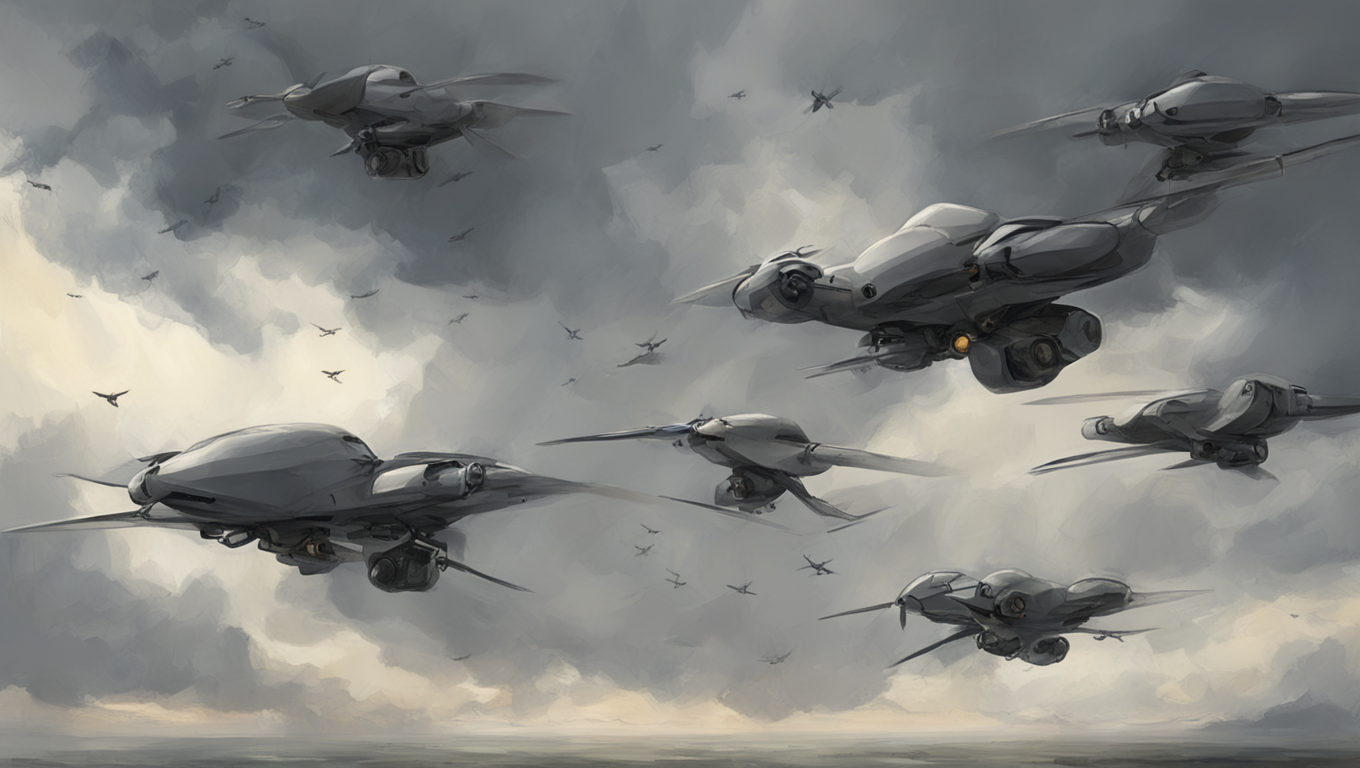In the realm of military technology, one word is on everyone’s lips: drones. Former senior US military commanders have recently compared the revolutionary potential of drones to the development of the phalanx formation that made Alexander the Great’s conquests possible. Military drones have become a ubiquitous feature of modern warfare, transforming from a bespoke counterterrorism tool to a game-changing force on the battlefield. Russia has used drones to wreak havoc in Ukraine, while US forces have seen their air superiority challenged by non-state armed groups in the Middle East. As a result, the Pentagon is launching an ambitious plan called Replicator to outpace China in drone warfare.
The key to success in drone warfare is not the possession of the most advanced or powerful weapons, but rather the ability to mass-produce and quickly replace them. For example, the Iranian-made Shahed drones that Russia has been using in Ukraine cost as little as $20,000 each, compared to the $32 million price tag of a single US Reaper drone. Cheap and replaceable drones level the playing field for materially disadvantaged forces, allowing them to disrupt the global trading system or counter superior naval forces. This poses a significant challenge for the US military, which has long relied on technological superiority.
To overcome this challenge, the Pentagon launched the Replicator initiative, aiming to build thousands of cheap and replaceable drones to counter China’s military advantage in terms of mass. Deputy Secretary of Defense Kathleen Hicks stated that Replicator is meant to deter a conflict with China, but also to equip the US military with the capabilities needed to fight and win if necessary.
Building such a massive fleet of drones requires a major cultural shift in the Pentagon, which has traditionally focused on exhaustive testing and analysis for new systems. The Replicator initiative aims to accelerate delivery to the warfighter and reduce the development timeline, which currently takes an average of 16 years for new weapons systems. This speed is crucial considering that potential adversaries, like China, are rapidly advancing their drone capabilities.
Replicator’s success hinges not only on the production of thousands of drones but also on the adoption of artificial intelligence to control and operate them. Thousands of drones would require a measure of autonomy, as having thousands of people operating them would be costly for the military. The use of AI in drone warfare raises concerns about the risk of autonomous weapons triggering international crises. Ensuring responsible use of military AI is a significant priority for policymakers and governments.
While the Replicator initiative aims to counter China specifically, it remains to be seen whether the lessons learned from the war in Ukraine will be applicable to combat in the Pacific. The geography and distances involved in the Pacific theater necessitate drones with greater range and endurance, which may require a different class of system.
Despite the challenges, Replicator represents a significant shift in the US military’s approach to warfare and technology. The goal of fielding autonomous systems at scale within the next few years underscores the urgent need to adapt to the rapidly changing landscape of drone warfare. With its transformative potential, Replicator may pave the way for a future where humans rely more on machines to navigate the complexities and dangers of the modern battlefield.





Use the share button below if you liked it.